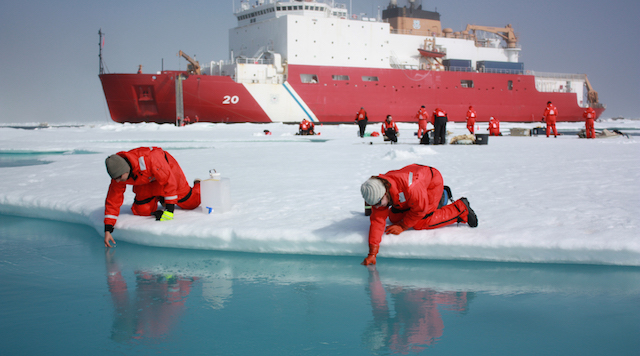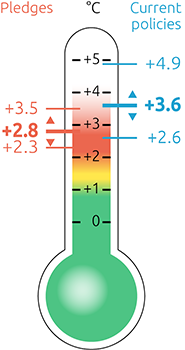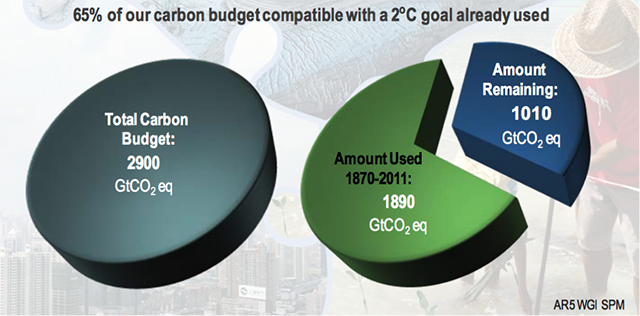Publié le

For several years, climate studies have been conclusive: we are facing extreme weather events increasingly frequently and climate change is very real.
These realizations have been amplified in recent weeks in the lead up to COP23:
- The most recent report from the World Meteorological Organization (WMO) shows us that atmospheric changes observed in the last 70 years are unprecedented and that GHG emissions are still increasing: “Concentrations of carbon dioxide in the atmosphere surged at a record-breaking speed in 2016 to the highest level in 800,000 years.”
- 2017 is on track to be the hottest year ever recorded, while 2016 currently holds that sad distinction, which was previously held by 2015, 2014… The Earth’s surface temperature in 2016 was the hottest since these data began to be recorded in 1880, according to independent analyses conducted by NASA and the National Oceanic and Atmospheric Administration (NOAA).
Source: NASA/Goddard Space Flight Center Scientific Visualization Studio
The Paris Agreement: What Does it Do?
- People often ask what is accomplished by these big meetings, like the one in Paris in 2015 or the one that just began in Bonn. The scientific organization Climate Action Tracker conducted an analysis to study the scenario of temperature increases anticipated from now until 2100 without the Paris commitments and compared that to the scenario taking into account the commitments undertaken by countries as part of the Paris Agreement.
- The result is shocking, to say the least: without the commitments of the Paris Agreement, the planet’s average temperature would increase by about 3.6o Celsius, whereas this increase will be less than 2,7o C, thanks to Paris. Almost one degree Celsius less is enormous but sadly insufficient, since one of Paris’ ultimate goals is to limit warming to 2o Celsius, or even 1.5. Therefore, we must do more.

Source: Climate Action Tracker
Countries’ GHG Emissions
The G20 countries’ emissions account for 74% of global GHG emissions. Average annual per capita emissions are 7tCO2e.
Canada's emissions account for almost 2% of global emissions.
COP23 aims to implement this "constructive dialogue" (facilitative or talanoa dialogue) between countries, to determe the GHG target that each signatory State of the Paris Agreement has the right to emit to achieve the objective of limiting global warming to 2 ° C, or better, 1.5 ° C. At this time, the targets submitted by all parties are not ambitious enough to meet this goal. A big challenge, which raises many equity issues between developed and developing countries. The latter emit much less GHGs but are the first to deal with the impacts of climate change.
The 100 most polluting companies alone emit ¼ of global emissions, and all G20 countries account for ¾ of emissions (according to UNEP's 8th report).
If we don’t all make a greater effort, humanity will have consumed 80% of our “carbon budget”, the amount of CO2 that we can still release into the atmosphere without exceeding 2° C of warming, by 2030.

Source : IPCC
Additional content:
In this capsule published on September 11, 2017:
1. What is the Intergovernmental Panel on Climate Change (IPCC)?
2. What have been the main observations of the IPCC over the years?
3. What topics were discussed this week in Montreal?
4. What are the latest advances in the science of climate change?
5. Can Canada still meet its commitments under the Paris Agreement?
6. Where is the funding for the fight against climate change?




